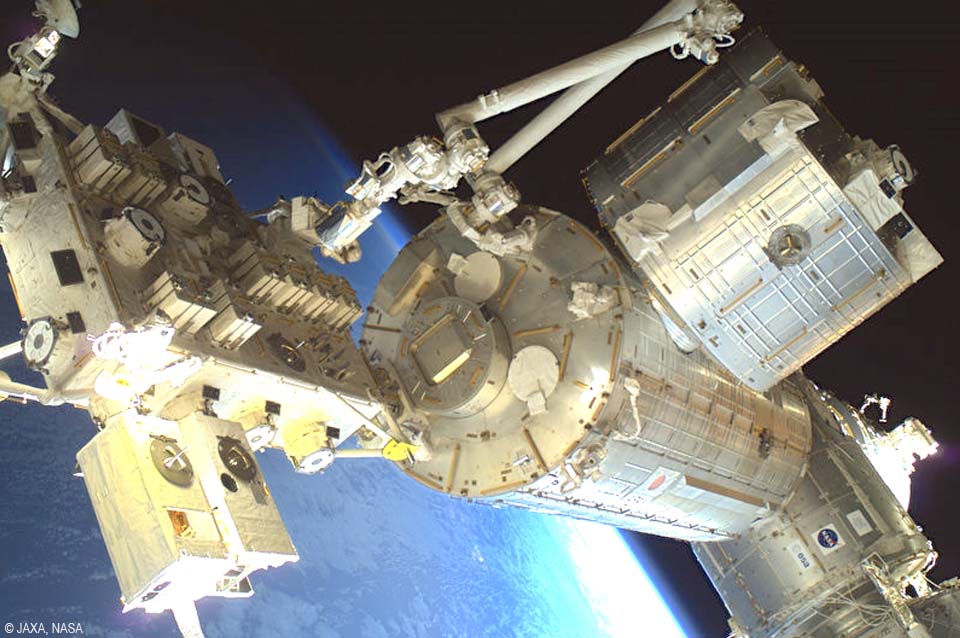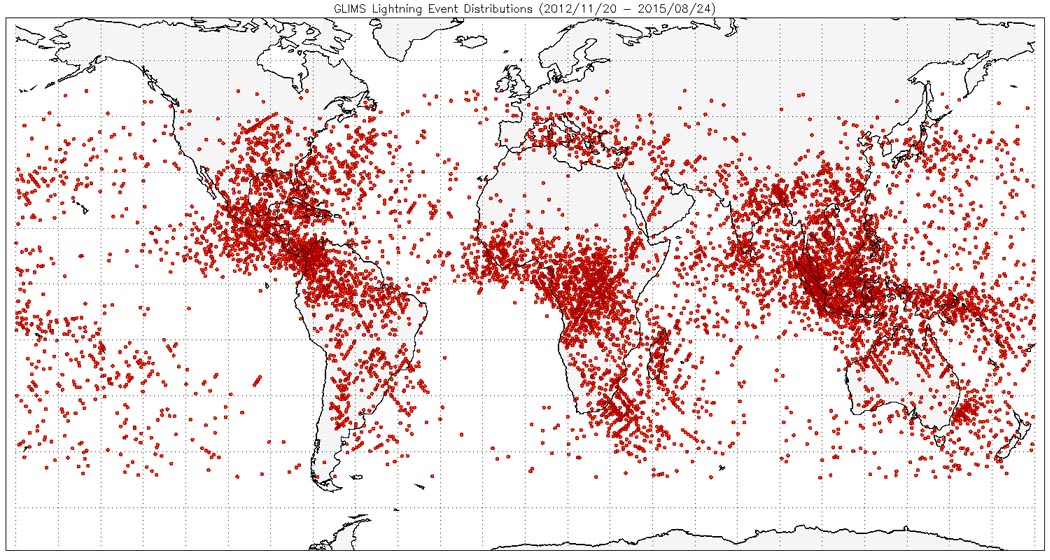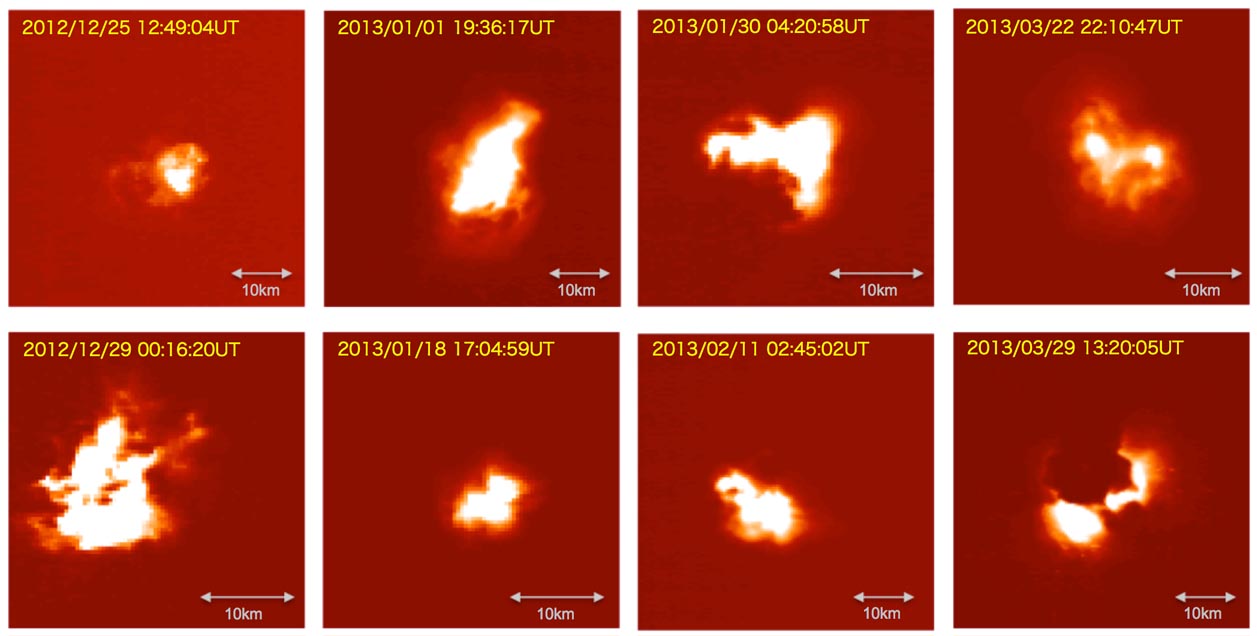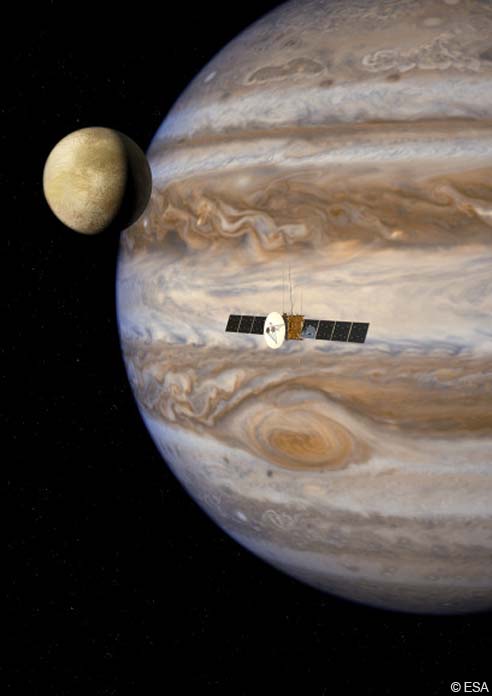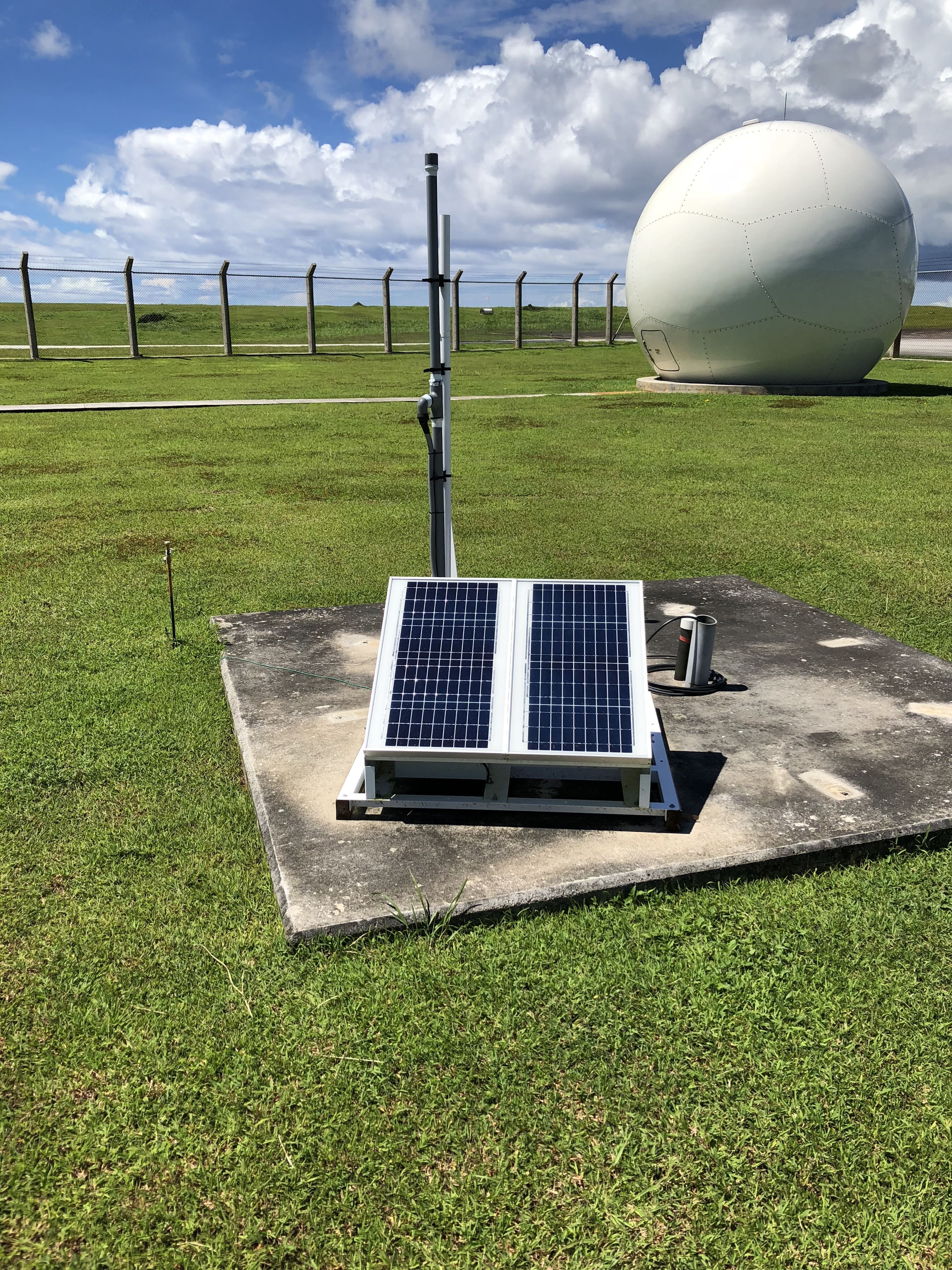SATO Mitsuteru
Professor
Studies on the Earth's and planetary atmosphere and meteorology using lightning discharges
Department of Earth and Planetary Sciences, Cosmosciences
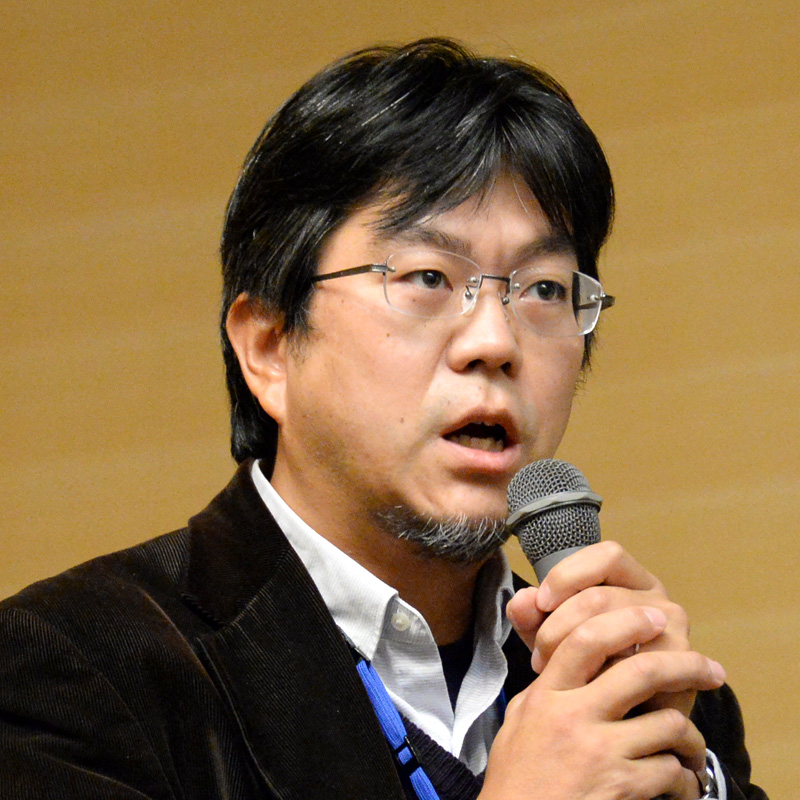
| Theme | ・Identification of the generation mechanism of lightning and lightning-associated transient luminous events (TLEs) and energetic gamma-ray emissions occurred in the Earth and planets. |
| Field | Upper atmospheric physics, Atmospheric and space electricity, Meteorology |
| Keyword | Lightning, Transient luminous events (TLEs), Sprite, Elves, Lightning-associated energetic gamma-ray emission, Typhoon, Severe weather |
Introduction of Research
From the ground-based and space observations of lightning discharges and lightning-associated transient luminous events (TLEs), such as sprites and elves, we study the generation mechanisms of these phenomena. We have developed the GLIMS (Global Lightning and Sprite Measurements) instruments and installed them at the International Space Station (ISS) and conducted the continuous measurements of these phenomena until 2015 (see the photo “GLIMS installed at the ISS”). From this measurement, GLIMS succeeded in detecting >8000 lightning flashes (see the figure “Global distribution of the lightning discharges detected by GLIMS”) and revealed the variety of the shape of the lightning optical emissions (see the figure “Lightning optical emissions detected by GLIMS”). In addition, it was found that TLEs were simultaneously occurred in ~700 lightning events and that the location of the TLEs was horizontally shifted from the location of the TLE-producing lightning emission (see the figure “Lightning and sprite emissions measured by GLIMS”). Using the world-class high quality data obtained by GLIMS, we are now studying the generation mechanisms of TLEs.
We study not only Earth’s lightning but also the planetary lightning, such as Venusian and Jovian lightning discharges. We have developed the lighting and airglow camera (LAC) on board the Akatsuki spacecraft and continue the Venus lightning observations in order to settle the controversy over the possibility of the Venus lightning existence. We also join the Jupiter mission (JUICE), which is led by the European Space Agency (ESA) and will be launched in 2022. On this spacecraft, a multi-spectral visible camera (JANUS) is on board. We will carry out Jupiter lightning observations using this camera (see the figure “Jupiter spacecraft mission: JUICE”) and will identify the generation mechanisms of the stripe and vortex structures in the Jovian atmosphere.
We are also conducting the project to construct the lightning and weather observation network in the western Pacific region and to predict the intensity development of severe weather, such as typhoon, torrential rainfall, down burst, etc. We developed the automatic lightning and weather observation system and started the installation of this system into the Philippines, Guam, Palau to build the observation network (see the picture “Newly developed lightning and weather observation system”).
Representative Achievements

Related industries
| Academic degree | Ph. D. |
| Self Introduction | I was born in Tokyo, grew up in Chiba, spent my youth in Sendai, and am now living in Sapporo. From my birth to now, I am migrating towards the north! It is a matter of change to go for fishing with my son. |
| Academic background | 1996 Bachelor of Science, Department of Geophysics, Tohoku University 1998 Master of Science, Department of Geophysics, Tohoku University 1999 A member of 41st Japanese Antarctic Research Expedition(JARE) and stayed at Syowa station 2004 Doctor of Science, Department of Geophysics, Tohoku University 2004 - 2007/8 Postdoctoral researcher, RIKEN 2007/9 Postdoctoral researcher, Department of Geophysics, Tohoku University 2007/10 - 2020/8 Lecturer, Faculty of Science, Hokkaido University 2020/9 – Present position |
| Affiliated academic society | Society of Geomagnetism and Earth, Planetary and Space Sciences (SGEPSS), Japan Geoscience Union (JpGU), American Geophysical Union (AGU), European Geosciences Union (EGU), Society of Atmospheric Electricity of Japan, The Meteorological Society of Japan |
| Project | JEM-GLIMS mission Development of Extreme Weather Monitoring and Information Sharing System in the Philippines AKATSUKI spacecraft mission |
| Room address | Science Building #8 8-203 |

